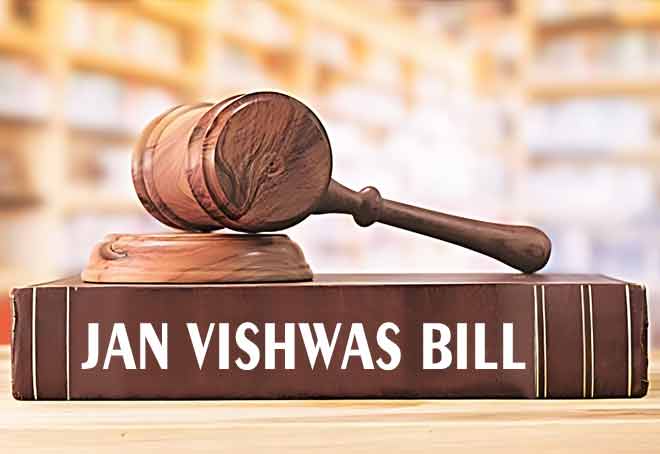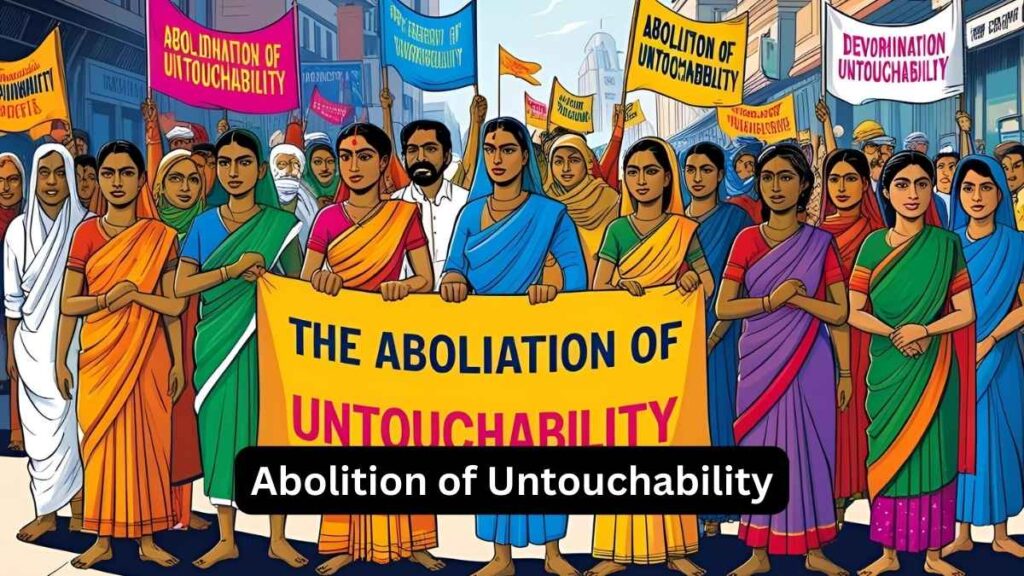Font size:
Print
Kancha Gachibowli Deforestation Case
Context:
The recent Supreme Court’s suo motu intervention in the Kancha Gachibowli forest clearance in Telangana highlights a critical juncture between developmental ambitions and environmental conservation in India. The destruction of a significant portion of the 400-acre urban forest ecosystem adjacent to the University of Hyderabad has sparked widespread protests, legal challenges, and a judicial halt on further activity.
Background: The Kancha Gachibowli Forest
- Location: Adjacent to the University of Hyderabad, Rangareddy district, Telangana.
- Historical Context:
- Originally grazing land (“Kancha” in Telugu).
- Transformed into an urban forest ecosystem over decades.
- Land was allocated in 2004 to IMG Academies Pvt Ltd for a sports academy.
- After a two-decade legal battle, the land was reclaimed by the government in 2024.
- Ecological Significance:
- Home to 17,700+ trees, 734 flowering plant species, 220 species of birds, 15 species of reptiles, and 10 species of mammals including peacocks and deer.
- Acts as a natural water sink and a green buffer in a heavily concretised city.
Supreme Court Observations and Directives
- Forest Character Confirmed: Presence of wild fauna, large number of trees, and historical lake confirms prima facie forest status.
- Violation of SC Orders: Breach of the March 4, 2025 SC order prohibiting depletion of forest cover nationwide.
- Chief Secretary Accountability:
- Directed to file an affidavit explaining the “compelling urgency” behind tree felling.
- Held personally liable for any further activity or non-compliance.
- Remark by Justice Gavai: Chief Secretary “will go to a temporary prison constructed on the same site” if orders are violated.
- Environmental Impact Assessment (EIA): The court questioned the absence of an EIA prior to clearance.
- Unauthorised Officials: Directed explanation for the presence of officers unrelated to forest identification at the site.
State Government’s Position
- Claimed that the land was not forest and that only “shrubs were cleared”.
- Alleged that the forest claims surfaced only after development began.
- Justified activity as part of a project attracting ₹50,000 crore investment and creating 5 lakh jobs.
- However, no master plan, EIA, or biodiversity management plan was made public.
Union Ministry of Environment’s Response
- Sought a detailed report from the Telangana Forest Department.
- Directed the state to take appropriate action under relevant forest and wildlife laws.
Role of Civil Society and Public Protest
- University of Hyderabad students, teachers, and civil society organisations led sustained protests.
- Faced lathi charge, detentions, and heavy police deployment.
- Filed Public Interest Litigations (PILs) in High Court.
- Formed the Save City Forest Collective advocating for:
Key Legal and Policy Violations
- Indian Forest Act, 1927 – Violation of protection provisions.
- Wildlife Protection Act, 1972 – Habitat destruction without assessment.
- Environment Protection Act, 1986 – Absence of Environmental Impact Assessment (EIA).
- Telangana Water, Land and Trees Act, 2002 – Felling of trees without requisite permissions.
- Van (Sanrakshan Evam Samvardhan) Adhiniyam, 2023 – New forest conservation law not considered.
- Immediate halt of clearance.
- Declaration of the area as a bio-heritage reserve.
- Engaged with government ministers, but received no action.
Broader Issues and Implications
- Urban Green Spaces Under Threat
- Increasing encroachment and clearance of urban forests for infrastructure.
- Cities like Hyderabad are facing extreme urban heat islands, water stress, and poor air quality.
- Gaps in Environmental Governance
- Failure to conduct EIA or consult expert bodies.
- Lack of transparent land use planning or public consultation.
- Judicial Activism and Environmental Justice
- SC’s suo motu cognisance showcases proactive environmental jurisprudence.
- Reinforces the principle: “however high one may be, none is above the law.”
- Participatory Democracy and Environmental Movements
- Grassroots activism played a crucial role in mobilising public opinion.
- Highlights importance of youth engagement in environmental governance.
Way Forward
- Immediate Protection: All activity must remain suspended; area to be secured.
- Scientific Re-evaluation: Comprehensive biodiversity assessment to ascertain forest status.
- Legal Recognition: Initiate process to notify the area as a “deemed forest” or bio-heritage site.
- Transparent Development: Urban planning must align with environmental sustainability and public consultation.
- Strengthening Oversight: Regular SC monitoring, strict EIA enforcement, and penalising violations.
- Revisiting Urban Policy: Need for an Urban Forest Policy to safeguard remaining green cover in metros.


